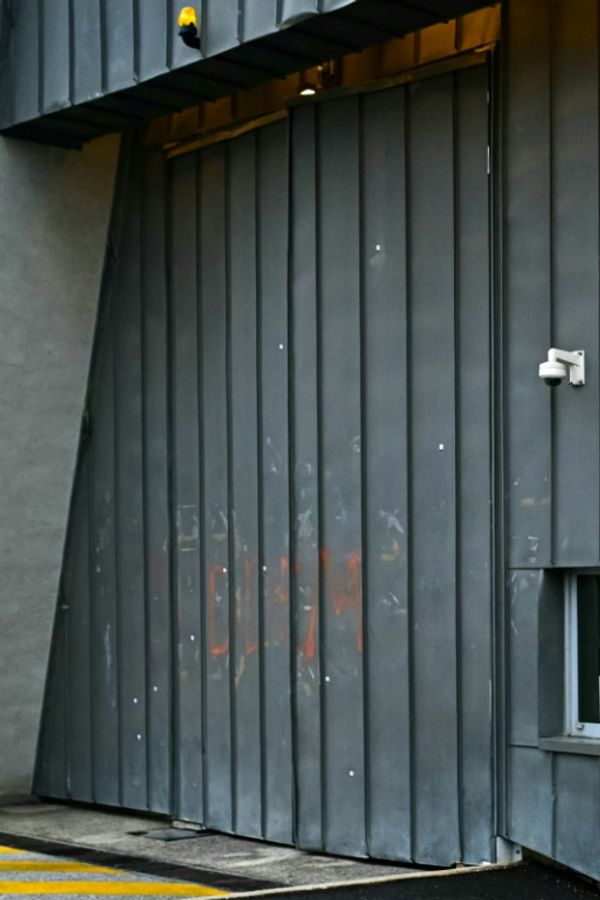HARRISON, N.J. — Eric Maxim Choupo-Moting scored the winner on a penalty kick during first-half stoppage time as the New York Red Bulls rallied to beat the Fire 2-1 at Sports Illustrated Stadium on Saturday night.
Choupo-Moting put the Red Bulls (3-2-2) up 2-1 at halftime when he scored two minutes into stoppage time after Dylan Nealis drew a foul on Kellyn Acosta. It was the third goal for Choupo-Moting in his first season and his fourth straight match with a goal contribution.
The Fire (3-2-2), who saw their five-game unbeaten streak end, grabbed a 1-0 lead in the 32nd minute on the first career goal by Jonathan Bamba, who used assists from Philip Zinckernagel and Hugo Cuypers to send a left-footed shot from the center of the box into the net. It was the seventh career appearance for Bamba — all starts. Zinckernagel's assist was his third in six career appearances — all starts. Cuypers has two assists, matching last year's total in 31 appearances.
The Red Bulls answered with the equalizer in the 41st minute on a header by 19-year-old defender Serge Ngoma. It was Ngoma's first goal of the campaign and his fourth in 19 appearances over three seasons. Omar Valencia, 20, notched his second assist in his fifth career appearance and fellow defender Noah Eile snagged his first after collecting three last season as a rookie.
Carlos Coronel had five saves in goal for the Red Bulls.
Chris Brady saved four shots for the Fire.
It was the 70th meeting in a series the Fire lead 32-22-16.
The Red Bulls, who improve to 3-0-1 at home this season, beat Chicago for the first time since April of 2022 — going 0-2-3 against the Fire in the previous five matchups.
Chicago had a three-match win streak on the road end.
The Red Bulls travel to play Orlando City on Saturday. The Fire will host Inter Miami on Sunday







